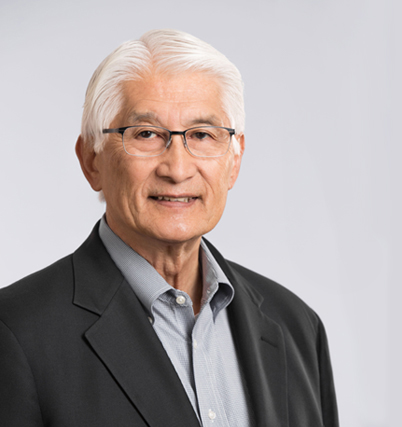TECH NEWS
Smart IT and IoT for 2017
In this last post I will be discussing Smart IT and IoT, by Hu Yoshida
February 8, 2017


Hu Yoshida
In my prior two posts I went into detail about Data Center Trends and Technology Trends. In this last post I will be discussing Smart IT and IoT. – By Hu Yoshida from Hitachi Data System Community.
1. Smart IT; the integration of IT and OT
Operational technology (OT) is hardware and software that detects or causes a change through the direct monitoring and/or control of physical devices, processes and events in the enterprise. The differences between the technology and platforms used in the production-oriented world of OT and the commercially-oriented world of IT are becoming more and more similar. Where OT in the past used wired communications and real time operating systems, today they are using more IP networking and UNIX or Microsoft operating systems. This affords the opportunity to bring the disciplines of IT security, governance, availability, management and analytics to OT which was normally run by individual business units or production managers.
With the appearance of new technologies, it is getting easier to automate the exchange of information between the office and the shop floor. An automated interface between enterprise and control systems can lead to a lot of advantages. Important information becomes accessible at the right time and the right place. The enterprise has access to real time information such as information about raw materials and end products, which enables optimum usage of storage capacity. The integration of IT and OT will bring economic benefits and competitive advantages and will be a key element in Digital Transformation. This will be the foundation for Smart Banks, Smart retail, Smart transportation, Smart Manufacturing, etc. A telco may need to combine CDR (Call Data Record) from IT with operational data from line sensors to balance resources and avoid dropped calls. Retailors may combine operational data from in-store sensors to optimize purchasing and supply chain systems. The combination of OT and IT information can provide a 360 degree view of the customer for better business outcomes. More businesses will be looking for data integration tools like Pentaho to integrate their IT and OT data.
2. Growing awareness of IoT in the Data Center

Source : community.hds.com
The internet of things (IoT) is the networking of physical devices, (also referred to as “connected devices” and “smart devices”), vehicles, buildings and other items—embedded with electronics, software, sensors, actuators, and network connectivity that enable these objects to collect, exchange and even process data on the edge. The networking of things will impact every aspect of our lives. This goes beyond the integration of IT and OT and except for a few applications like public safety, will not be a major IT trend in 2017. However, the decisions we make in IT in 2017 should be made with an eye toward IoT. A centralized data hub and the integration of IT and OT with analytics are the first steps. Today IoT will require data scientists and researchers with deep domain expertise. Currently most projects are in the proof of concept stage. In 2017 we will be at the stage where we have the recipe for IoT projects like Train as a Service and Industry 4.0. Eventually we will be able to turn these recipes into ready to bake solutions like a cake mix which will then be turned over to IT. Hitachi Data Systems along with other divisions in Hitachi and outside partners is developing an IoT core platform, Lumada, to develop these recipes and deliver baked IoT solutions, or blueprints that are open, adaptable, verified and secure.
Summary
2017 will be a very exciting time and may well be the beginning of a new era for productivity growth. Digital transformation will be a major business focus, and success will hinge on how successful we will be in leveraging the abundance of new technologies, with new processes and new skills. Transformation is not about making incremental improvements. It is about turning things upside down and taking exponential steps in a new direction. This will be very disruptive and will make us uncomfortable, but this will lead to growth.